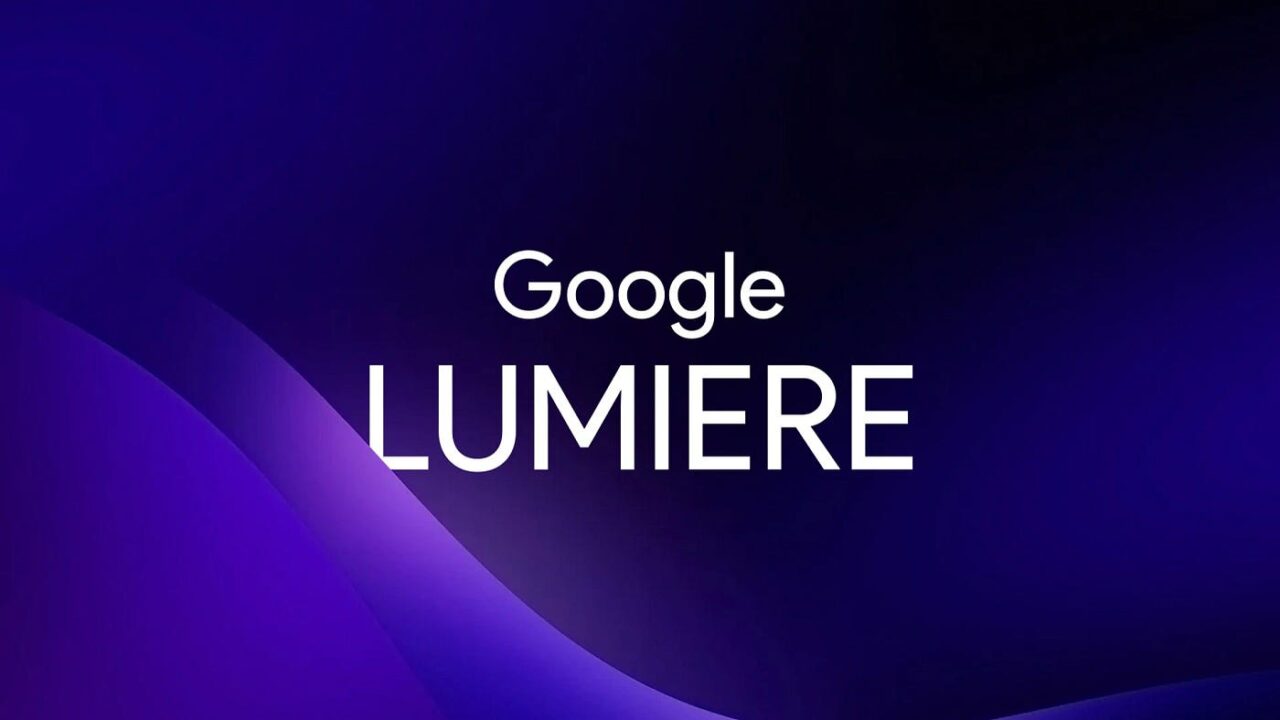Google has recently introduced Lumiere AI, a groundbreaking text-to-video diffusion model that is setting new standards in the realm of video generation.
Key highlights
- Lumiere AI enables the creation of videos from text descriptions, offering realistic, diverse, and coherent motion.
- It uses a novel Space-Time U-Net architecture, generating videos in a single pass, unlike previous models that synthesized distant keyframes followed by temporal super-resolution.
- This model can also stylize videos based on a single image, broadening the horizons for creative video editing and animation.
- Trained on a data set of 30 million videos and text captions, Lumiere can generate videos at 16 frames per second with up to 80 frames in total.
- While comparisons are being drawn with OpenAI’s ChatGPT for its text and image to video generation capabilities, Google has not yet disclosed plans for Lumiere’s public release, likely due to potential copyright issues.

Innovations in Video Generation
Google’s Lumiere AI stands out for its unique approach to video generation. By deploying spatial and temporal down- and up-sampling, it directly generates full-frame-rate, low-resolution videos, enhancing both the length and quality of the generated content. This feature is a significant advancement over existing video models, which often struggle with global temporal consistency.
Potential and Challenges
While Lumiere’s capabilities are impressive, including its application in stylized video generation and video inpainting, there are concerns about the legal implications of its usage, particularly in regards to copyright laws. Google has not specified whether Lumiere will be released to the public, indicating a cautious approach to this powerful technology.
Comparison with Existing Models
Lumiere is being compared to other AI video generators like Pika and Runway, but its single-pass approach to the temporal data dimension is a significant advancement. While OpenAI, known for its popular language model ChatGPT, does not have a publicly available video generation model, there are indications that they might be developing technology in this area, potentially to be released with GPT-5.
Challenges and Considerations
- Copyright and Legal Concerns: The potential for creating videos that might infringe on existing copyrights is a significant concern. Google‘s cautious approach in not immediately releasing Lumiere to the public reflects the complex legal landscape surrounding AI-generated content.
- Ethical Implications: Beyond legal concerns, there are ethical considerations around the use of such powerful technology. The potential for misuse in creating deepfakes or misleading content is a topic of ongoing debate in the AI community.
Lumiere AI in the Context of AI Evolution
- Comparison with Other Models: Lumiere AI stands out even when compared to other AI video generators like Pika and Runway. Its novel approach to handling temporal data sets it apart and underscores the rapid advancements in AI technologies.
- OpenAI and Video Generation: While OpenAI’s ChatGPT has made significant strides in text generation, they currently do not have a public video generation model. However, with the anticipated development of GPT-5, OpenAI might also venture into this domain, indicating a growing trend towards more sophisticated AI-driven content creation tools.
- The Future of AI-Driven Content Creation: Lumiere AI exemplifies the potential of AI in transforming content creation. Its development suggests a future where AI plays a central role in generating not just text, but also complex multimedia content, reshaping how we perceive and interact with digital media.
Google’s Lumiere AI represents a significant leap forward in text-to-video technology, offering unparalleled capabilities in video generation, editing, and stylization. However, its release to the public remains uncertain due to potential legal challenges. This development not only showcases Google’s innovation in AI but also underscores the rapidly evolving landscape of generative AI technologies.

























Add Comment